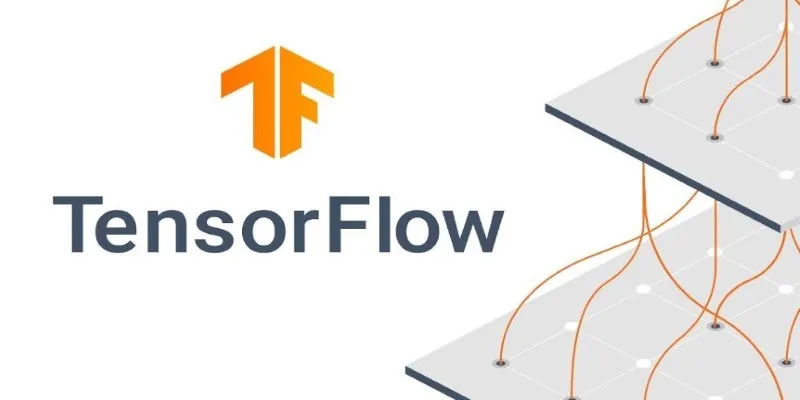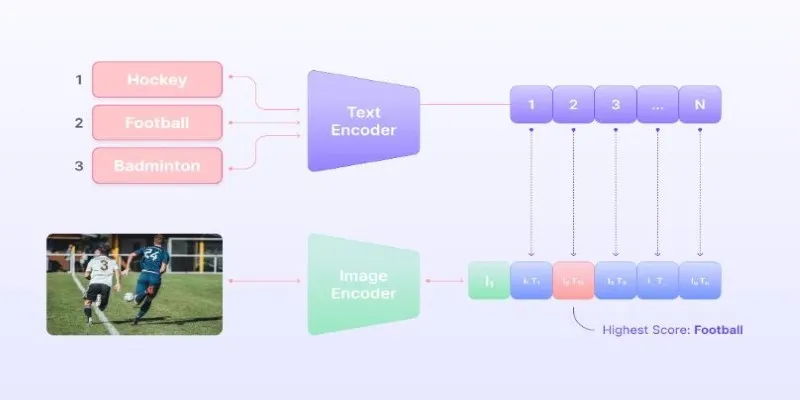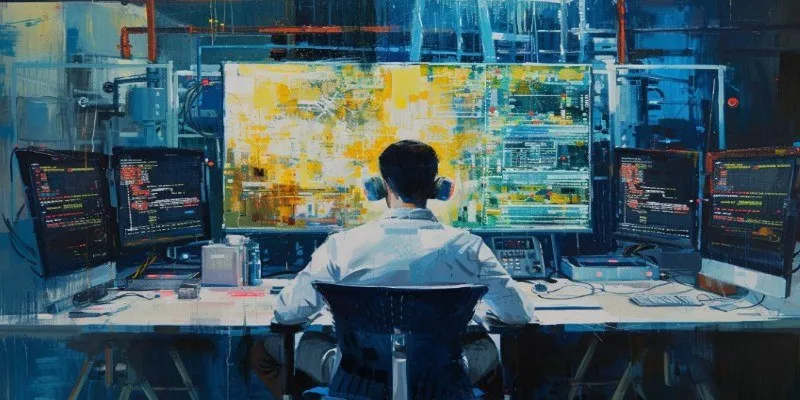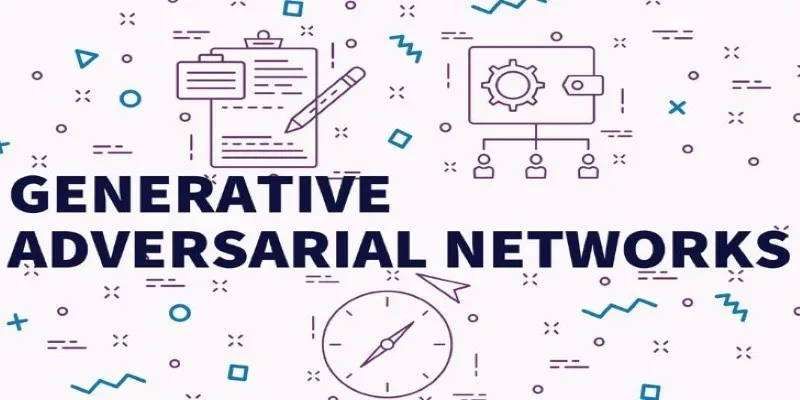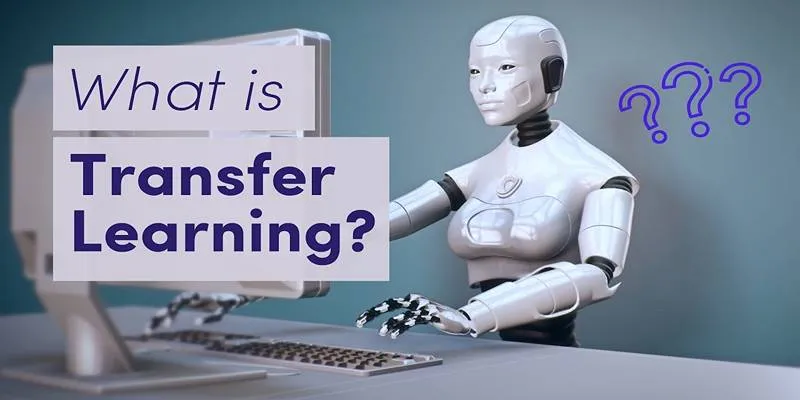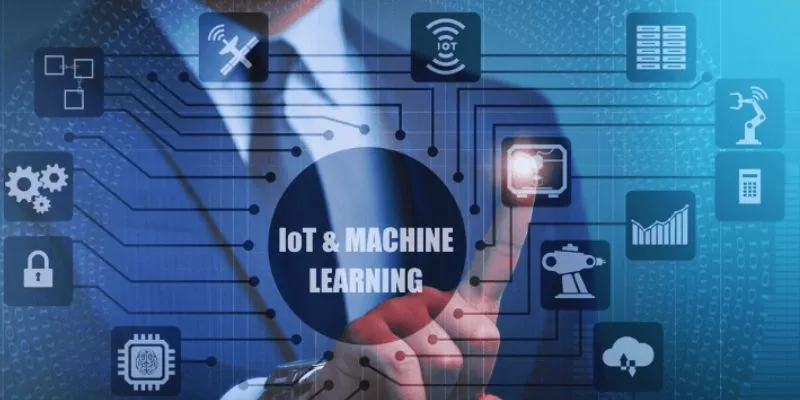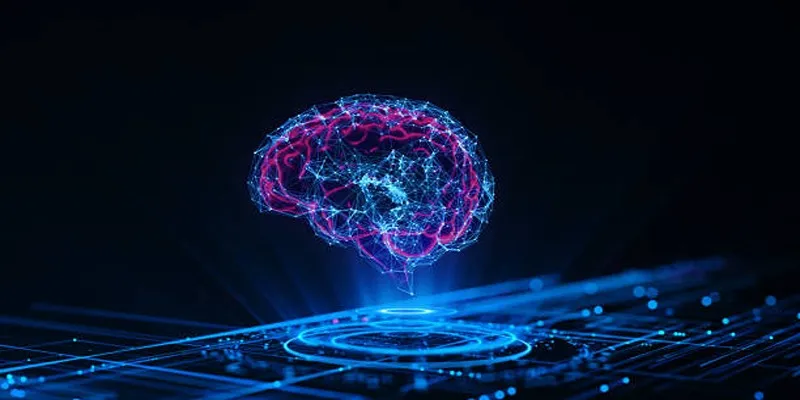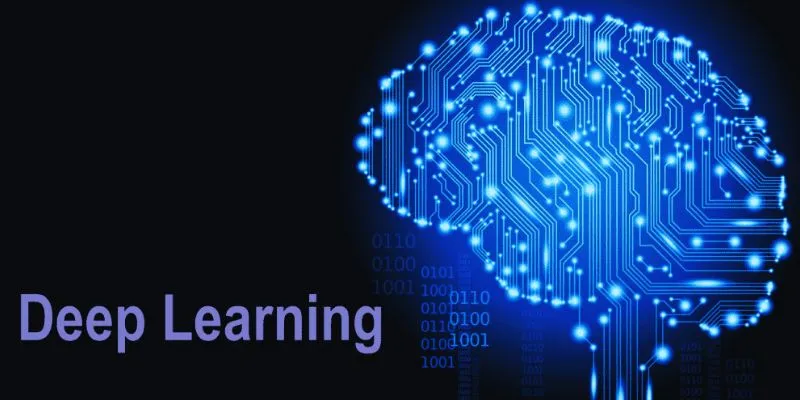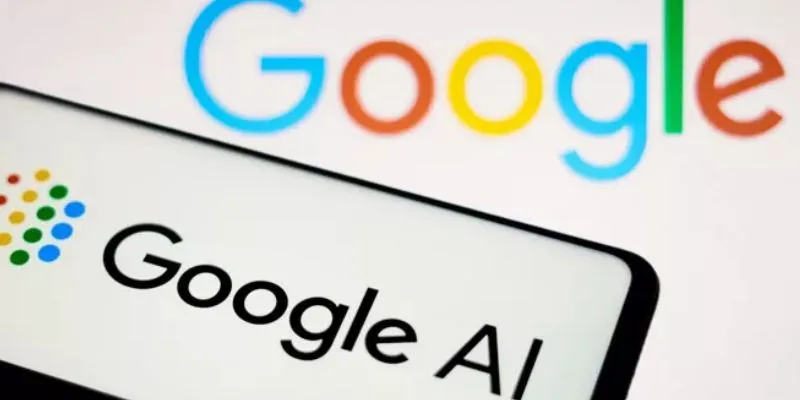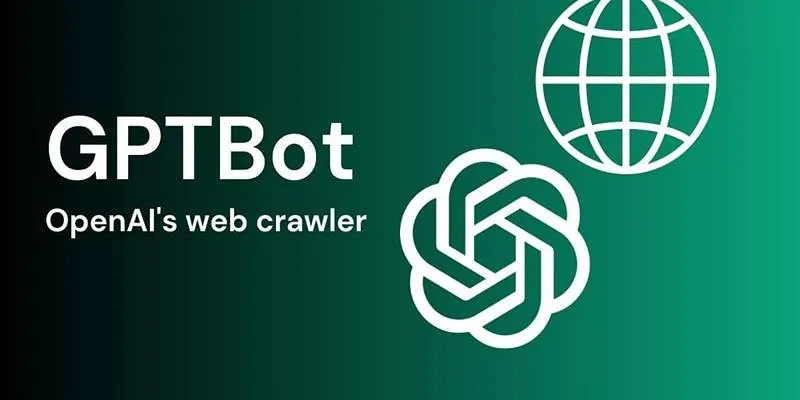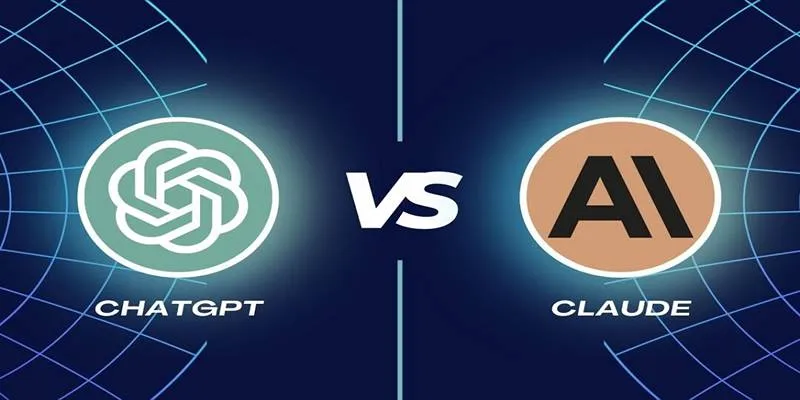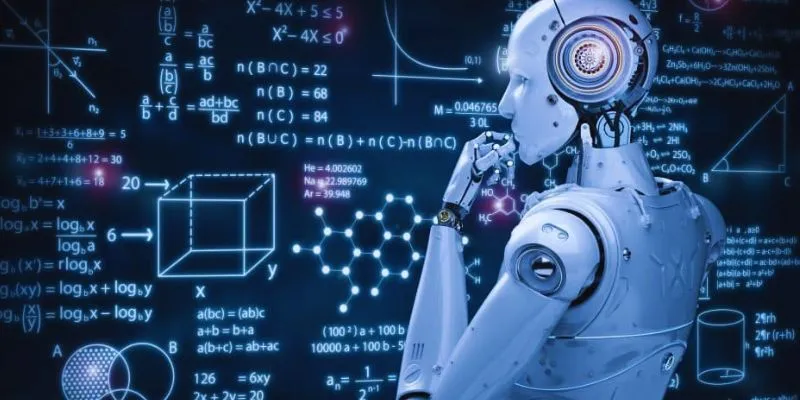Deep reinforcement learning (DRL) is a fascinating intersection of deep learning and reinforcement learning, empowering machines to learn from experience rather than explicit instructions. Similar to teaching a dog tricks using rewards, DRL allows systems to improve through trial and error. But instead of fetching sticks, the agent might learn to play chess or drive a car.
These systems can handle complex inputs and achieve long-term objectives, making independent decisions based on accumulated knowledge. DRL has driven breakthroughs in gaming, robotics, and automation, demonstrating surprising adaptability with minimal human guidance.
What Is Deep Reinforcement Learning?
Deep reinforcement learning enables machines to act optimally in given situations to achieve better outcomes over time. It integrates two core ideas: reinforcement learning, where agents learn through actions and rewards, and deep learning, which uses neural networks to process complex input data. This combination allows DRL to make decisions based on high-dimensional inputs, such as images, audio, or sensor data.

The system involves an agent interacting with an environment. It observes the current state, selects an action, receives a reward, and transitions to a new state. Through repeated interactions, it learns a policy—a strategy to choose the best actions over time.
What sets DRL apart is its ability to devise strategies without pre-programmed rules. A system trained to play games like chess or Go learns patterns, tactics, and long-term planning through self-play and feedback. In robotics or real-world automation, this reduces the need for manual control systems or hardcoded behaviors.
Instead of manually crafting features to understand its environment, a DRL agent leverages a deep neural network to interpret input data and improve its actions based on reward patterns, minimizing the need for domain-specific programming and enabling general-purpose learning.
How It Works: States, Actions, Rewards, and Learning
Training a DRL agent starts with setting up the environment using a structure called a Markov Decision Process (MDP). The environment provides a state (e.g., a game screen image), the agent takes an action (e.g., move left, jump), and receives a reward (e.g., points scored). This process repeats, with the agent aiming to maximize the total reward over time.
A crucial concept is the Q-value, which estimates the expected future reward for taking a particular action in a given state. A classic algorithm, Q-learning, helps update these values through interaction with the environment. When input becomes too complex—like pixel data or sensor streams—deep neural networks are employed to estimate these Q-values, forming the foundation of Deep Q-Networks (DQNs).
The breakthrough occurred when researchers at DeepMind trained DQNs to play Atari games using only raw pixel input and game scores. With sufficient training, these agents outperformed human players in several games—without explicit rule-based instructions.
Training is iterative. Initially, agents perform actions randomly. Over time, using methods like gradient descent and temporal difference learning, they refine their strategies. They must balance exploration (trying new actions) with exploitation (choosing known effective actions). Striking this balance is crucial for effective learning.
To enhance stability, DRL often employs experience replay—storing past experiences and sampling them randomly to train the network, reducing correlation in training data and aiding convergence.
Challenges and Applications
Implementing deep reinforcement learning is complex, often requiring substantial data and computational power. Unlike supervised learning, where feedback is immediate and direct, DRL frequently deals with delayed rewards. The impact of an action may not be apparent for several steps, complicating the attribution of success or failure to specific decisions.

Stability is another challenge. Neural networks, updating with constantly evolving data, can become unstable or forget previous knowledge. Techniques like using target networks and gradient clipping help, but training remains unpredictable.
Generalization is also problematic. An agent trained in one environment may struggle when slight details change. Solutions like domain randomization—training on a wide variety of similar environments—aim to enhance adaptability.
Despite these hurdles, DRL has succeeded across various domains. In gaming, it powers systems like AlphaGo and AlphaZero, which learned to play board games at superhuman levels without human strategies. In robotics, DRL teaches machines to walk, manipulate objects, or perform warehouse tasks without precise programming.
Healthcare explores DRL to personalize treatment plans or optimize hospital resources. In logistics, it’s used to streamline routing, packing, and inventory. Even smart grid systems and traffic control are testing DRL to manage real-time decisions across extensive, complex networks.
The strength of DRL lies in handling sequential decision-making—tasks where outcomes depend on a series of steps, not isolated moves. Systems that adjust thermostat settings, plan delivery routes, or manage fleets of autonomous vehicles benefit from this capability to plan over time.
The Future of Deep Reinforcement Learning
Research continues to advance DRL. One focus is sample efficiency—enabling agents to learn from fewer interactions. Techniques like model-based reinforcement learning, where the agent constructs a model of the environment to simulate outcomes, show promise in reducing training time.
Another area of interest is interpretability. Understanding why an agent took a particular action is crucial, especially in fields like healthcare or finance. Making the decision process more transparent helps build trust in AI systems.
There’s also interest in combining DRL with other methods. Integrating it with natural language processing might allow agents to follow instructions or explain behavior. Merging it with symbolic reasoning could support tasks involving logic or planning.
Multi-agent reinforcement learning—where multiple agents interact and learn together—opens new possibilities. Agents can learn to cooperate, compete, or share information. This applies to simulations of economies, automated negotiation, or managing fleets of autonomous systems.
While DRL isn’t a universal solution, it excels in scenarios where decisions unfold over time, conditions vary, and the system needs to adapt.
Conclusion
Deep reinforcement learning allows machines to learn from experience rather than direct instruction. By combining deep learning’s pattern recognition with reinforcement learning’s decision-making, it enables systems to improve over time. Though it demands data and fine-tuning, DRL has delivered impressive results in games, robotics, and planning. It won’t solve every problem, but it’s a learning method that grows stronger with use.
For more information on reinforcement learning, you can explore OpenAI’s resources or learn more about DeepMind’s breakthroughs.
 zfn9
zfn9


